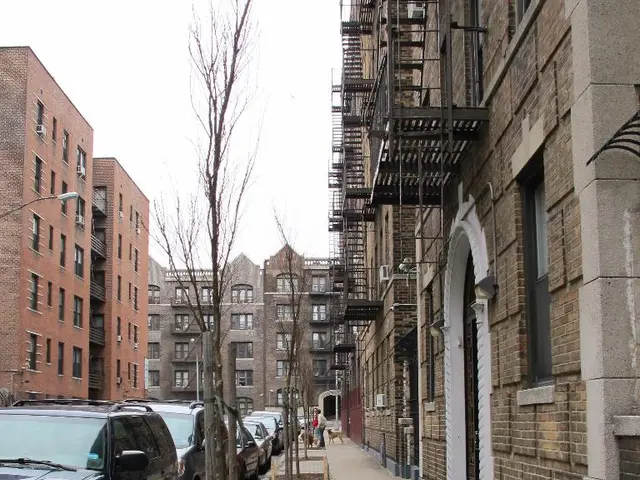Philippine Peso Hits New Low at 59 to the Dollar
The Philippine peso has hit a new low, trading at 59 to the dollar on Tuesday. The Bangko Sentral ng Pilipinas (BSP) attributes this depreciation to market concerns about economic growth and expectations of further monetary easing.
Governor Eli M. Remolona, Jr., the head of the BSP, allows the exchange rate to be determined by market forces. However, the central bank intervenes to manage inflationary swings, rather than prevent day-to-day volatility.
The peso's strength is supported by resilient remittance inflows from overseas Filipino workers, relatively fast economic growth, low inflation, and ongoing structural reforms. Foreign exchange inflows from business process outsourcing and tourism also buffer external shocks.
Despite the recent depreciation, the peso remains supported by robust reserves and strong fundamentals. The BSP continues to monitor the situation and intervene when necessary to manage inflationary pressures.
Read also:
- American teenagers taking up farming roles previously filled by immigrants, a concept revisited from 1965's labor market shift.
- Weekly affairs in the German Federal Parliament (Bundestag)
- Landslide claims seven lives, injures six individuals while they work to restore a water channel in the northern region of Pakistan
- Escalating conflict in Sudan has prompted the United Nations to announce a critical gender crisis, highlighting the disproportionate impact of the ongoing violence on women and girls.







